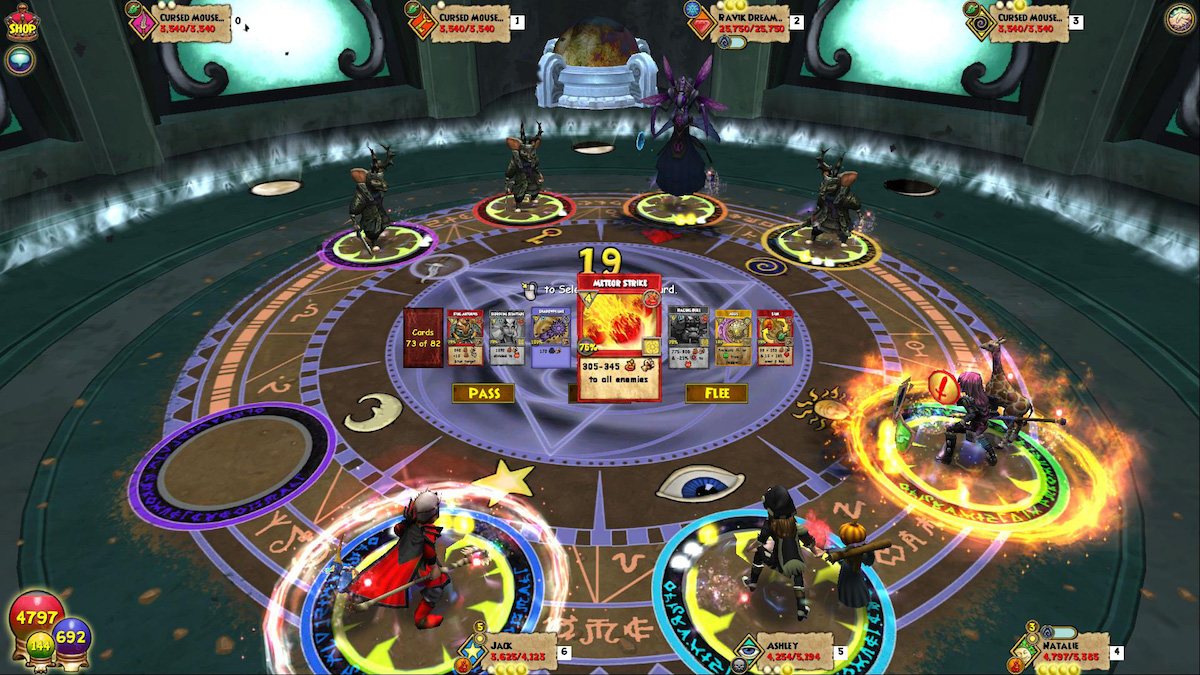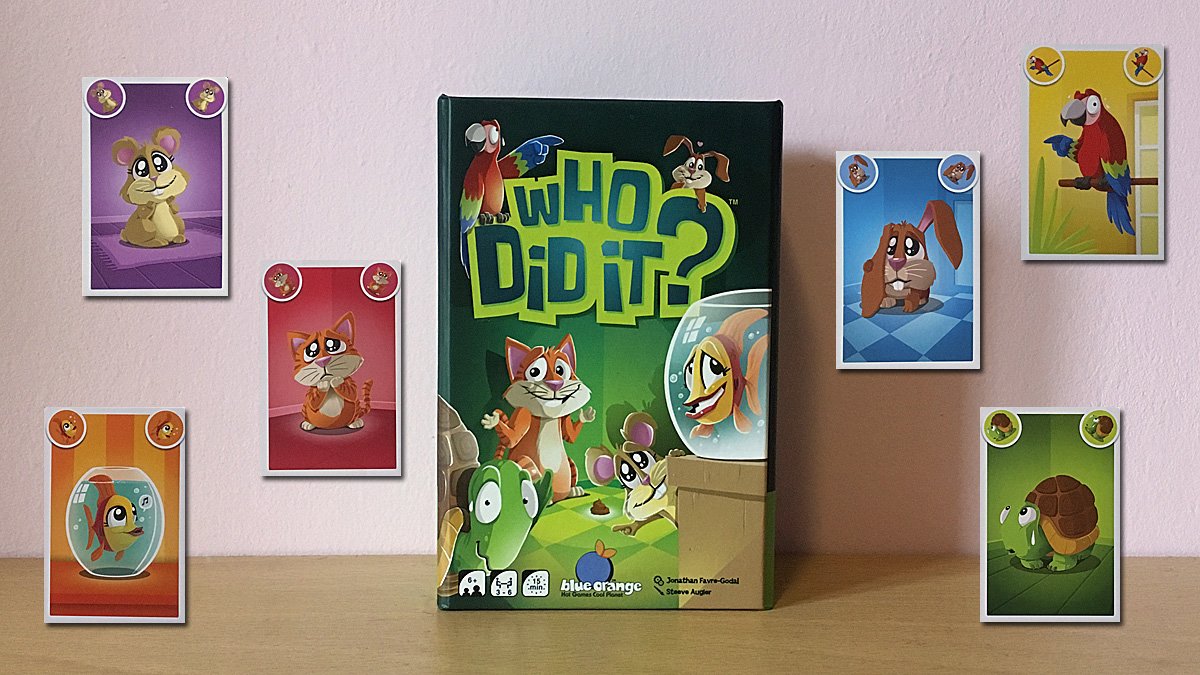
This summer, A, our now third grader, discovered one-player puzzle games. I love how they make kids build their logic skills. When I was still teaching, I kept a variety of these games in my room for kids who finished their work early. A likes these games because sometimes he just needs a calm, quiet activity to do something by himself. When GeekDad Jonathan offered me the chance to review a complimentary copy of Tumble Maze he had recently received from Blue Orange Games, I immediately thought A would like it. This was not our first game from the company either; I reviewed their game Flying Kiwis fairly recently.
What Is Tumble Maze?
Tumble Maze is a one-player logic puzzle for ages 8+ and the time to play varies per challenge.
Tumble Maze Components

Tumble Maze contains the following:
- 1 Maze Board
- 21 Walls in 3 Sizes
- 5 Steel Balls
- 40 Challenge Sheets
- 3 Blank Challenge Sheets (to design your own)
- Illustrated Rules
The pieces are decently sturdy. I don’t think the pegs on the walls will snap easily at all, and the steel balls are certainly durable. The Maze Board is a thick plastic. The Challenge Sheets are a flexible cardboard with colored tabs for the difficulty levels (a nice little feature) and numbered as well.
How to Play Tumble Maze
Tumble Maze is fast on the setup, but the play time will vary depending on your skill and the difficulty level of the Challenge Sheet you choose.
Goal
The goal of Tumble Maze is to logically deduce how to place the Walls in each Challenge Sheet scenario so that the Steel Balls fall into the correct slots.
Setup

Setup is pretty easy. Once you select a Challenge Sheet, you slide it beneath the peg section, prop up the Maze Board stand, and then place the Steel Balls and Walls according to the Challenge Card. The Challenge Card will also tell you how many addition Walls and what color they need to be to solve the puzzle. The whole process only takes about a minute.
How to Play
Gameplay
Once you have your challenge set up, it’s your logic skills that come into play. Take the Wall piece or pieces that the Challenge Sheet tell you to add and start trying to place them so that the little Steel Balls will fall into the correct slots. Once you think you have a solution, test it out by flipping the blue lever and letting the Steel Balls roll.

If they don’t fall into the correct place, then you need to go set the Steel Balls back up and try placing the Wall(s) elsewhere. If you need help, the solution is on the back of the card. Keep in mind, each Challenge Sheet is meant to be just a little bit harder than the one before it. Sometimes you have to block certain Steel Balls and let others pass.

Game End
Once you have succeeded in solving the Challenge Sheet, you can move onto another one as many times as you want. The difficulty level will continue to go up, forcing your mind to come up with more complex solutions.
Why You Should Play Tumble Maze
If you like puzzle games that test your logic, Tumble Maze is a game you should check out. Personally, I find these games particularly relaxing and I like the challenge they provide as well. A really “enjoyed the challenge.” He did want to warn others that the challenges get harder as the Challenge Sheet numbers go up, and that once you solve the first one, you shouldn’t assume it’s super easy and just jump to Number 15. He’s eight years old and is at the bottom suggested age range for the game, but he was really able to catch on fast. I might not suggest this for kids younger than the recommended age unless they are particularly talented in logical and spatial thinking. A got through the first fourteen puzzles with the occasional hint from an adult. You may discover that kids stall out at certain difficulty levels, but with encouragement, some hints, and sometimes time for their brains to improve their thinking skills, they often come back and find themselves able to solve more puzzles.
Forty challenges will take you some decent time to get through. I find that I like to come back to these types of puzzle games start from the beginning and see how far I can get. These also tend to be the kind of games that are not just good for kids, but adults too. My mother-in-law and her boyfriend visited us the day after A got to test drive this game and he showed it off to them. They got through about ten challenge cards or so and both thought it was a neat game. When I was teaching high school, I found that these games were a fun outlet for kids with ADHD who had finished their work. They got a quiet activity that let them fiddle with something but it often kept them engaged enough that they didn’t distract other kids who were still working. I even had a few kids that loved these games so much that it improved their focus on in-class work. They knew if they got through their work quickly enough and did a quality job that they got to play with one of the puzzle games.
Tumble Maze has a MSRP of $29.99 which isn’t bad for a quality puzzle game that is likely to entertain for decent stretches of time and helps kids develop their logic skills. It’s one of the 2019 releases from Blue Orange Games and can be found in stores now. You can use the Store Locator from Blue Orange Games to find one of their dealers near you, or for $27.99 order a copy from Amazon.


